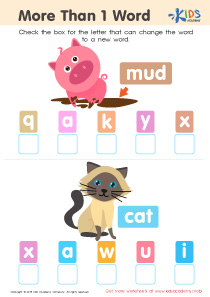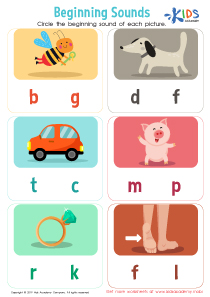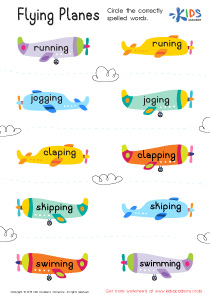Letter recognition Elementary Phonics Worksheets for Ages 4-8
5 filtered results
-
From - To
Enhance your child’s reading journey with our Letter Recognition Elementary Phonics Worksheets designed for ages 4-8! Our engaging and interactive worksheets make learning letters fun and effective, helping young learners to identify and differentiate between letters effortlessly. Each resource is tailored to spark curiosity and boost confidence in early reading skills, featuring vibrant illustrations and age-appropriate activities. From tracing letters to matching games, these worksheets provide a comprehensive approach to phonics and letter recognition. Perfect for homeschooling or classroom settings, our materials align with educational standards, ensuring your child builds a solid foundation for their literacy development. Start exploring today!


Long and Short U Worksheet
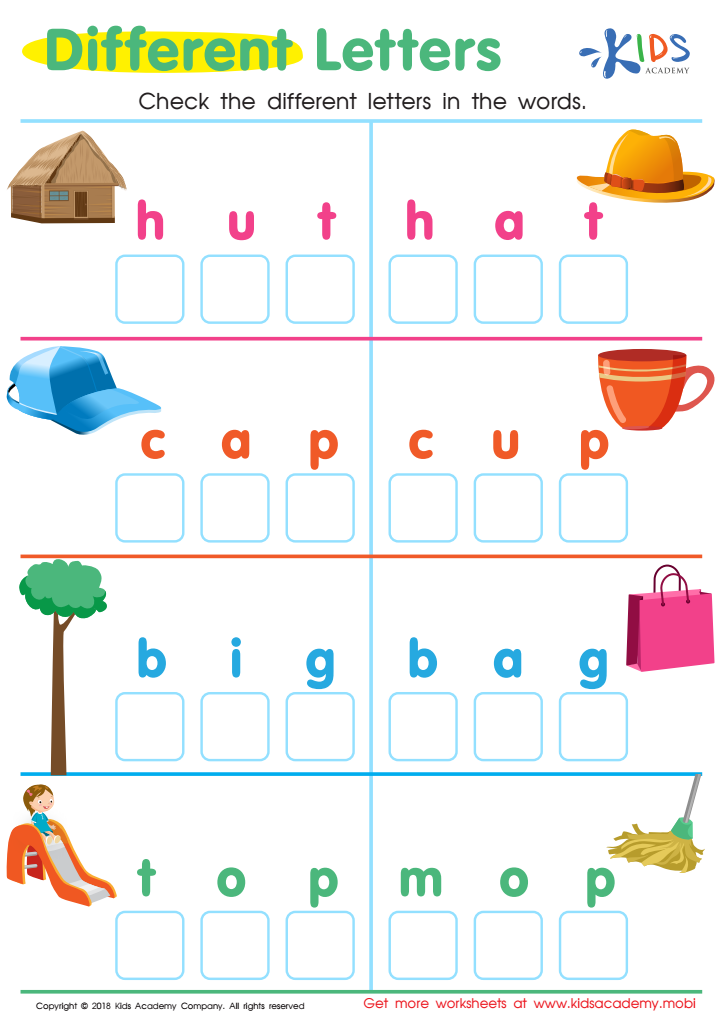

Different Letters Reading Worksheet
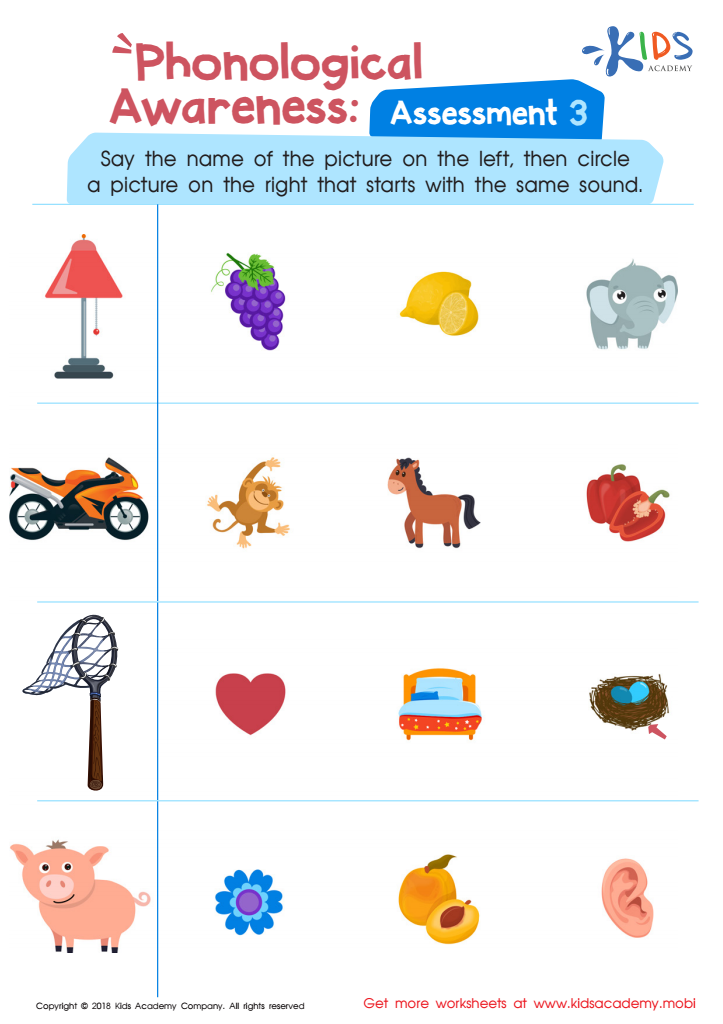

Phonological Awareness: Assessment 3 Worksheet


Long and Short E Worksheet
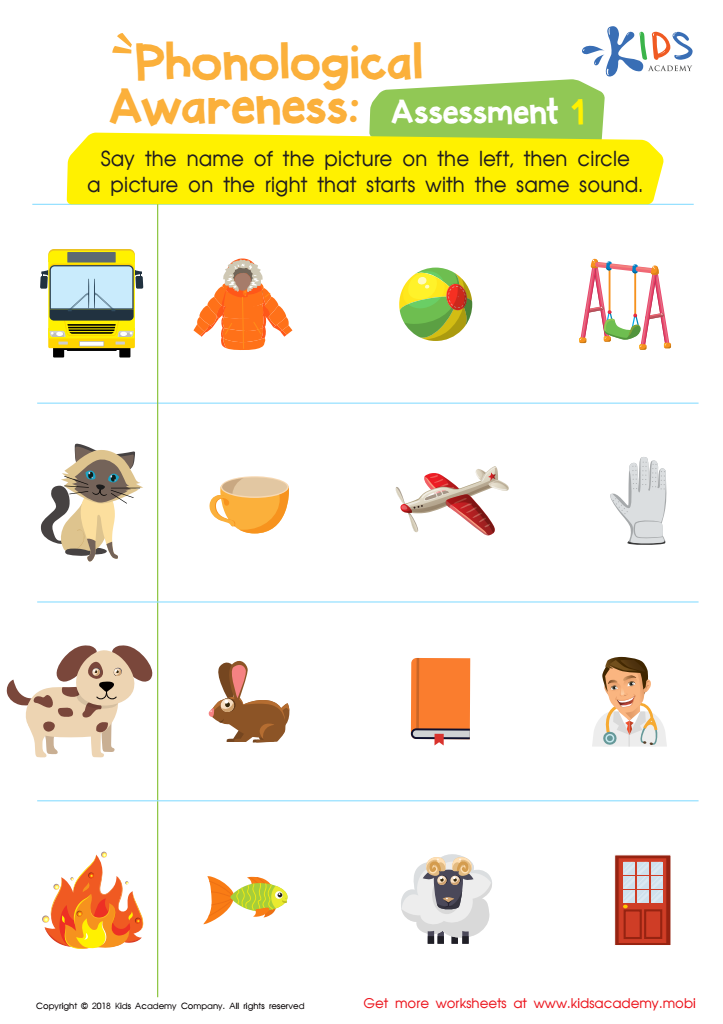

Phonological Awareness: Assessment 1 Worksheet
Letter recognition is a fundamental skill for young learners aged 4-8, forming the bedrock of literacy development. Understanding phonics and the connection between letters and their sounds enables children to decode words, fostering reading fluency and comprehension. Parents and teachers must prioritize this skill as it significantly influences academic success in reading, writing, and communication.
At this crucial stage, children are remarkably receptive to learning, making it an ideal time to instill these foundational skills. Recognizing letters helps them grasp the alphabetic principle, which is vital for spelling and writing. Furthermore, letter recognition boosts a child's confidence when engaging with text, encouraging a love for reading that can last a lifetime.
Teachers and parents can promote letter recognition through engaging activities and games, turning learning into a playful experience. This strengthens the bond between adult and child while nurturing essential cognitive abilities. Neglecting this skill can lead to challenges in later grades, where reading comprehension becomes increasingly complex. Ultimately, both parents and teachers play an essential role in creating an enriching environment that fosters early literacy, laying the groundwork for a child's future academic achievements and lifelong learning journey.
 Assign to My Students
Assign to My Students




